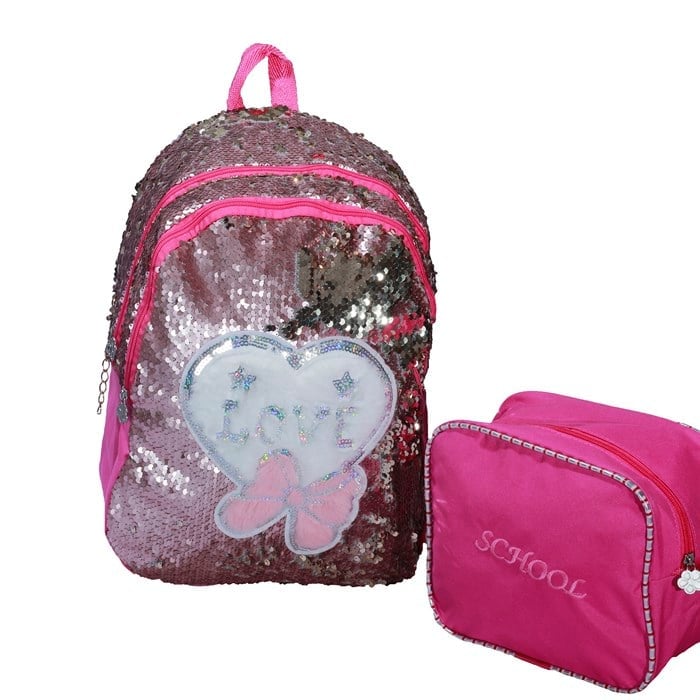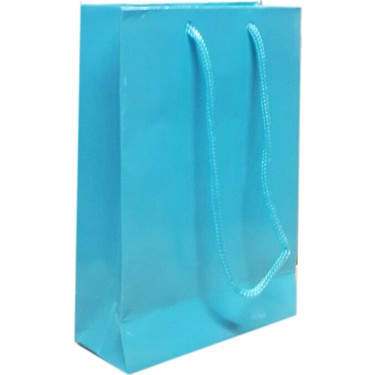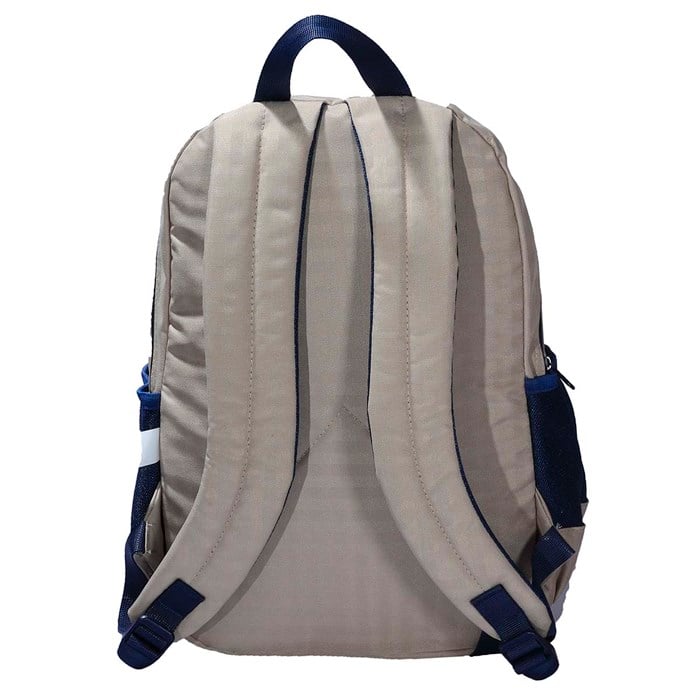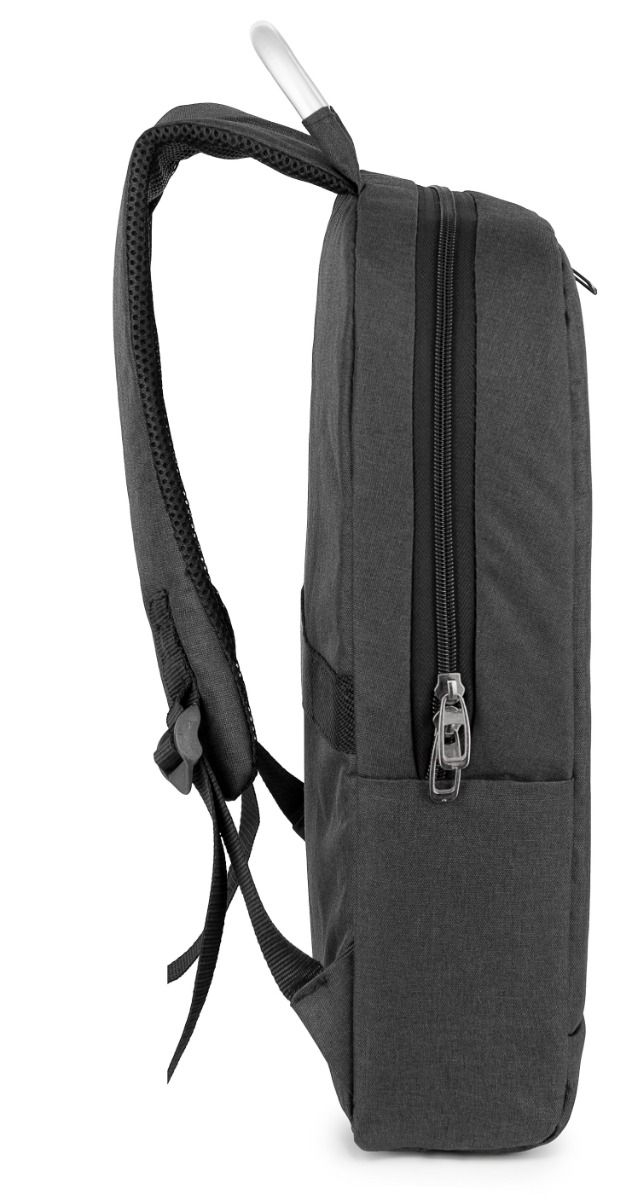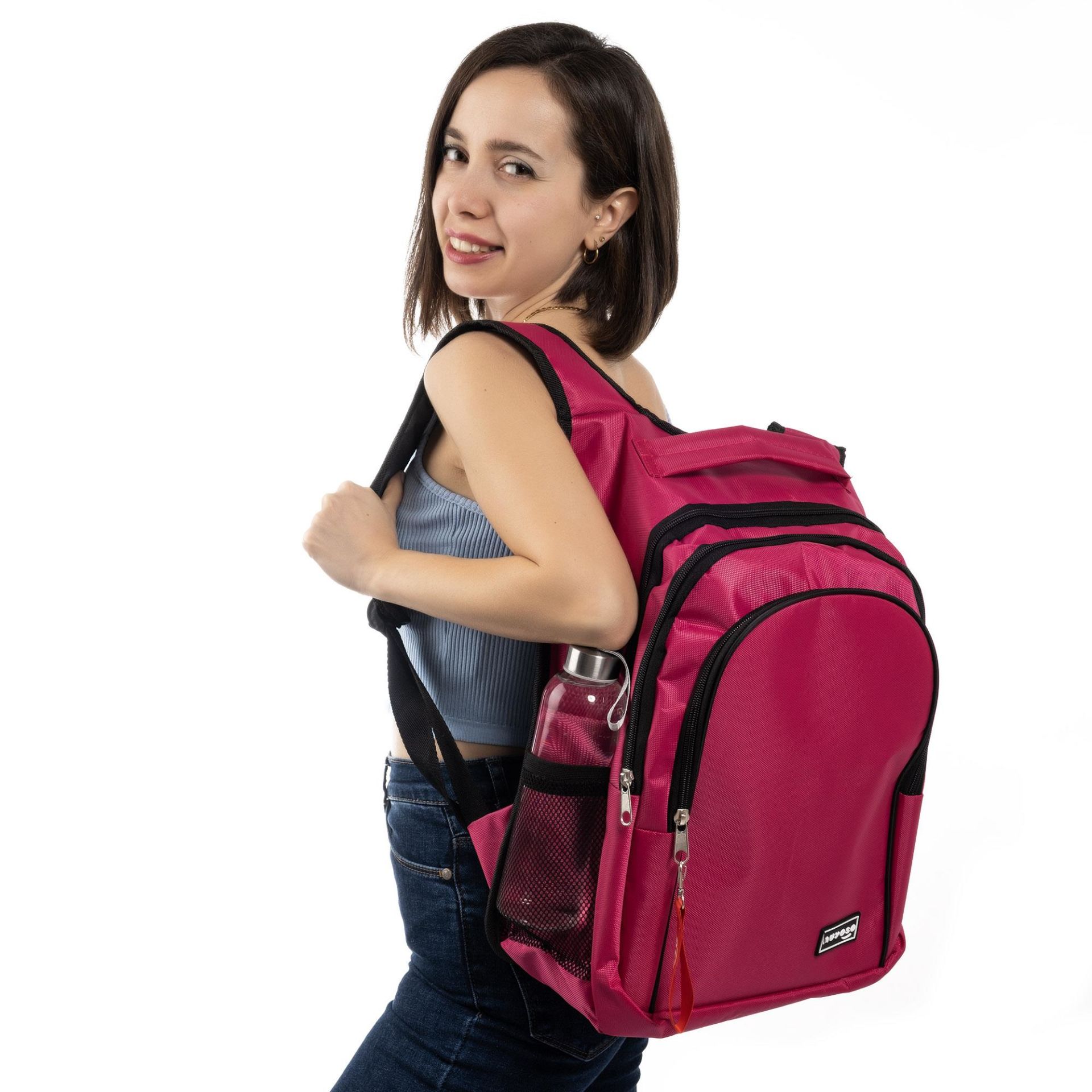
TT Tahtakale Toptancıları Cars Temalı Kağıt Parti Çantası (Şimşek Mcqueen) 18*24 (12 Adet) Fiyatı, Yorumları - Trendyol
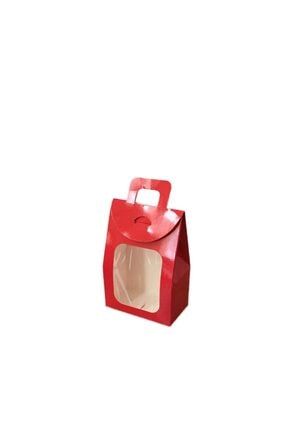
TT Tahtakale Toptancıları Kına Ve Çerez Çantası Pencereli Karton 7.5x11x4 (20 Adet) Kırmızı Fiyatı, Yorumları - Trendyol

TT Tahtakale Toptancıları Kına Ve Çerez Çantası Pencereli Karton 7.5x11x4 (20 Adet) Gold Fiyatı, Yorumları - Trendyol





